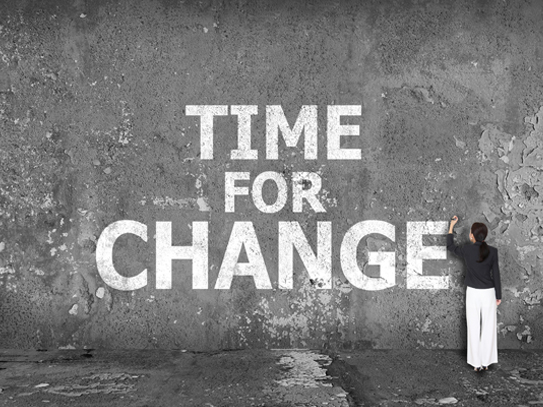
The Uncertainty of Child Protection

This article was authored by Joe Tucci, CEO at the Australian Childhood Foundation.
Child protection is a minefield of impossible decisions. Children live with the consequences of each judgement, each choice.
At the entry point to the system, there is about one report of child abuse and neglect every two minutes that need to be deciphered, prioritised and investigated. Each report describes the trauma that accompanies such violation. Each report involves a little girl or little boy – confused, in pain, frightened.
The time frames for the decision making are pressured. Information needs to be gathered quickly without compromising its quality. The longer it takes for child protection workers to evaluate the risks, the more dangerous it is for children.
The information itself is complex. Has the child told anyone about the abuse? What kind of abuse has been described? Is it physical, sexual or emotional abuse? Does it involve neglect? Is the child’s experience a toxic combination of all of these?
 Who has hurt the child? Will the child be harmed again? Can the child’s immediate safety be guaranteed at home? Has there been a crime committed against a child? What evidence is required that will make it more likely for criminal charges to be laid against the perpetrators of the abuse or violence?
Who has hurt the child? Will the child be harmed again? Can the child’s immediate safety be guaranteed at home? Has there been a crime committed against a child? What evidence is required that will make it more likely for criminal charges to be laid against the perpetrators of the abuse or violence?
Do either of the parents have a drug problem that will impair their ability to care for their child? Do either of the parents abuse alcohol? Are there other forms of violence occurring between the adults in the household? Are the parents willing to use any support that is offered to them? Can they make the changes to their behaviour that will protect their children from future abuse or neglect? Are they willing to make changes to their attitudes that will give their children stability, connection and care?
If children need state intervention to ensure their protection, then there is a cascade of new questions that need an answer. Where is the best place for a child to live? Is it with extended family or in foster care? How long should the child be in state care? Can the child be returned safely back home? Under what circumstances is it in the child’s best interests to plan for them to remain permanently in state care?
What support does the child in care need? Do they need counselling and what kind? Does the child’s school need extra support in order to meet the needs of a traumatised child? How do services that are involved with the child and family work together with a single focus and purpose?
All of these decisions are made by child protection workers, their team leaders and their managers. As they do so, they are often confronted with threats of violence against them or their family. Workers can be intimidated and terrorised. And yet, they make these decisions with care and with respect for the gravity of the implications that follow. The sheer volume and complexity of these deliberations means that they will not always make the right decision, especially when those decisions are reviewed with the benefit of hindsight.
The quality of child protection decisions are often subject to the scrutiny of public inquiries. Such scrutiny is critical. It holds to account government policies, strategies and funding levels. It can offer invaluable insights into the status of reform and what else needs to be done.
 Reform to child protection frequently stalls whenever governments change. Yet, there is so much more to be done. Abused children need access to stable care, protection from further harm and often access to well funded specialist trauma counselling services. Community education initiatives are needed to build the confidence of members of the public to know how to act if they are worried about the wellbeing of a child. Improvements in the way that different parts of the system collaborate and work together are still needed.
Reform to child protection frequently stalls whenever governments change. Yet, there is so much more to be done. Abused children need access to stable care, protection from further harm and often access to well funded specialist trauma counselling services. Community education initiatives are needed to build the confidence of members of the public to know how to act if they are worried about the wellbeing of a child. Improvements in the way that different parts of the system collaborate and work together are still needed.
All reviews of the child protection system need to recognise the importance of the role that child protection workers play as they make decisions on behalf of and for at risk children and young people.
Pressured, complicated and sensitive decisions are the norm in child protection. And yet, workers cannot turn away from them or give them to others to make. They need the support of all of us as they struggle with their task. The lives of at risk children depend on them.
>Take me to the Prosody home page for more blog entries!
